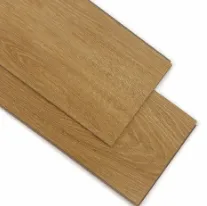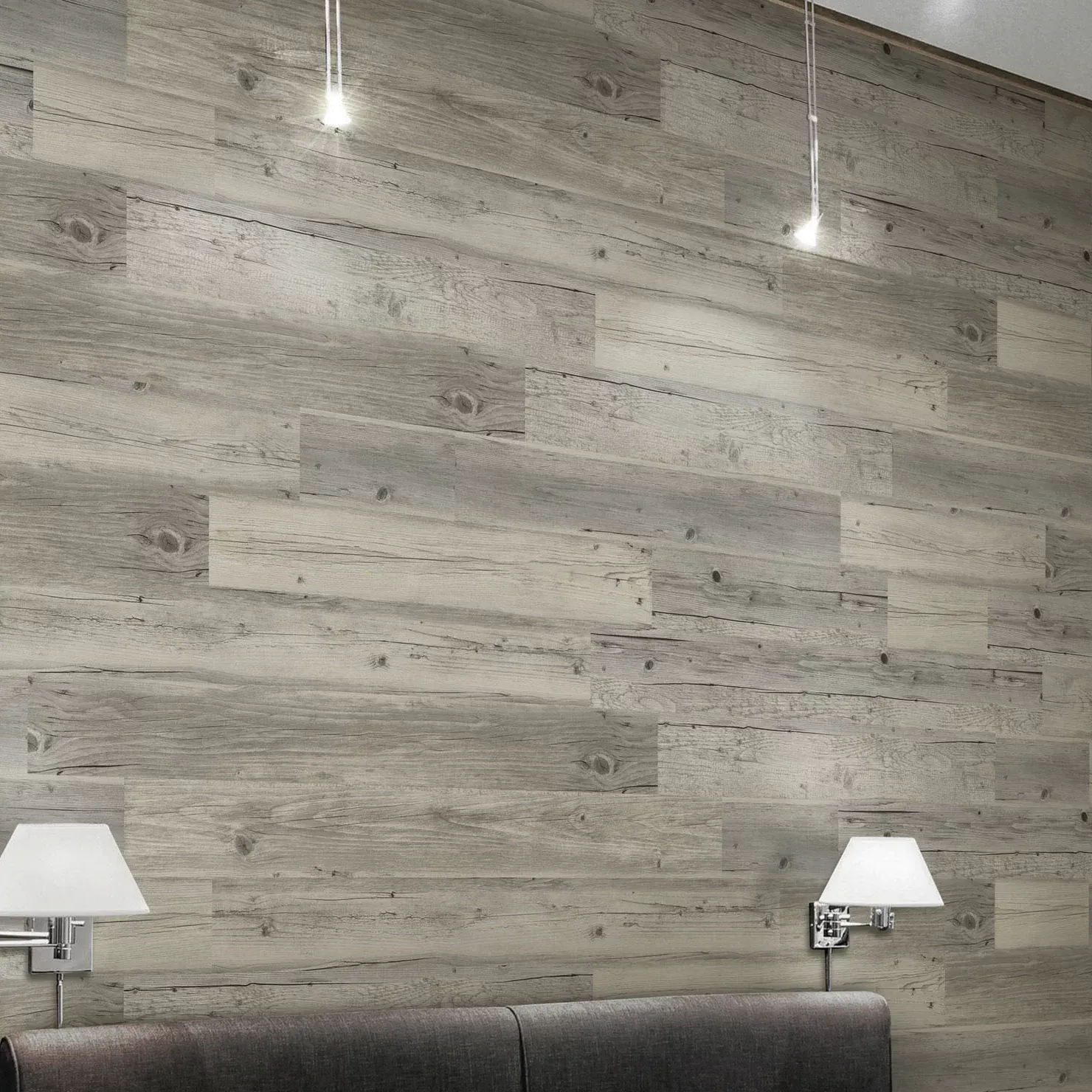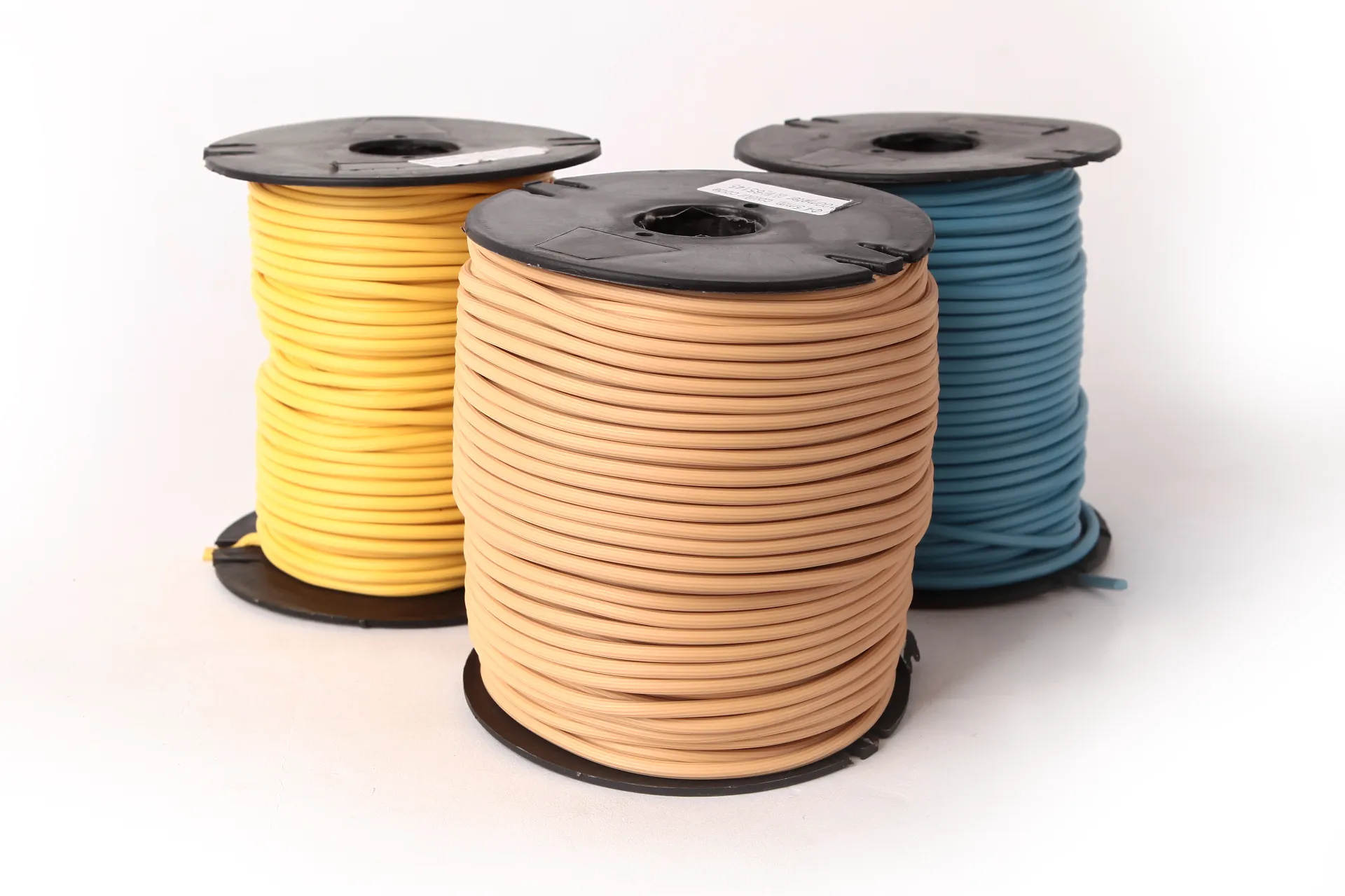
- Afrikaans
- Albanian
- Amharic
- Arabic
- Armenian
- Azerbaijani
- Basque
- Belarusian
- Bengali
- Bosnian
- Bulgarian
- Catalan
- Cebuano
- Corsican
- Croatian
- Czech
- Danish
- Dutch
- English
- Esperanto
- Estonian
- Finnish
- French
- Frisian
- Galician
- Georgian
- German
- Greek
- Gujarati
- Haitian Creole
- hausa
- hawaiian
- Hebrew
- Hindi
- Miao
- Hungarian
- Icelandic
- igbo
- Indonesian
- irish
- Italian
- Japanese
- Javanese
- Kannada
- kazakh
- Khmer
- Rwandese
- Korean
- Kurdish
- Kyrgyz
- Lao
- Latin
- Latvian
- Lithuanian
- Luxembourgish
- Macedonian
- Malgashi
- Malay
- Malayalam
- Maltese
- Maori
- Marathi
- Mongolian
- Myanmar
- Nepali
- Norwegian
- Norwegian
- Occitan
- Pashto
- Persian
- Polish
- Portuguese
- Punjabi
- Romanian
- Russian
- Samoan
- Scottish Gaelic
- Serbian
- Sesotho
- Shona
- Sindhi
- Sinhala
- Slovak
- Slovenian
- Somali
- Spanish
- Sundanese
- Swahili
- Swedish
- Tagalog
- Tajik
- Tamil
- Tatar
- Telugu
- Thai
- Turkish
- Turkmen
- Ukrainian
- Urdu
- Uighur
- Uzbek
- Vietnamese
- Welsh
- Bantu
- Yiddish
- Yoruba
- Zulu
Choosing the Best Residential Flooring: A Comprehensive Guide to Style, Durability, and Comfort
When renovating or building a home, one of the most crucial decisions you'll make is selecting the right type of flooring. Your floors not only affect the look and feel of your space but also influence its functionality and value. With so many materials available on the market, it’s essential to understand the differences and benefits of each. In this guide, we’ll explore popular residential flooring options including residential vinyl flooring, residential wood flooring, residential hardwood flooring, residential vinyl plank flooring, residential timber flooring, at residential laminate flooring.

Residential Vinyl Flooring: Affordable, Stylish, and Low Maintenance
Tirahan na vinyl flooring has become a popular choice among homeowners due to its affordability, water resistance, and ease of maintenance. Made primarily from synthetic materials, vinyl flooring comes in sheets, tiles, and planks, making it versatile and easy to install.
One of the biggest advantages of vinyl is its durability—perfect for high-traffic areas like kitchens and entryways. Modern vinyl mimics the look of wood, stone, or ceramic tile, allowing you to achieve a high-end appearance without the associated cost or upkeep.
Tirahan na vinyl plank na sahig, in particular, offers a more luxurious and realistic look. It closely resembles hardwood and often includes textured finishes and beveled edges. Additionally, it’s softer underfoot compared to tile or hardwood and provides a bit of insulation, which is great for homes in colder climates.
Vinyl is also a smart option for families with children or pets, as it resists stains, dents, and scratches. If you’re looking for a balance of cost, comfort, and style, residential vinyl flooring may be the perfect solution.
Residential Wood Flooring: Natural Beauty with Timeless Appeal
For those who value classic aesthetics and natural materials, residential wood flooring is a top contender. Wood floors offer a warm, organic look that adds value and sophistication to any room. There are several types of wood flooring available, but they generally fall into two categories: residential hardwood flooring at engineered wood flooring.
Residential hardwood flooring is made from solid wood planks and is known for its longevity and ability to be sanded and refinished multiple times. Species like oak, maple, and walnut are popular choices, each offering unique grain patterns and hues.
Meanwhile, residential timber flooring—a broader term often used interchangeably with hardwood—can also include softer woods and exotic species. Timber flooring provides natural insulation and is a sustainable option if sourced responsibly.
However, wood flooring requires some maintenance. It’s more vulnerable to water damage, scratching, and fading from sunlight. That said, with proper care, residential hardwood flooring can last for decades and even become more beautiful with age.
If you're going for elegance, warmth, and a natural feel, residential wood flooring remains an unbeatable classic.
Residential Laminate Flooring: Budget-Friendly with a High-End Look
If you want the appearance of wood or stone without the higher price tag or maintenance requirements, residential laminate flooring is a fantastic alternative. Laminate consists of a fiberboard core topped with a photographic image layer and a protective wear layer.
Thanks to advances in technology, residential laminate flooring now offers incredibly realistic textures and visuals, replicating everything from rustic oak to sleek marble. It's durable and scratch-resistant, making it an ideal choice for busy households.
Another benefit of laminate is the ease of installation. Many laminate planks use a click-lock system, allowing for DIY installation with minimal tools. Plus, unlike hardwood, laminate won’t require sanding or refinishing.
However, laminate isn’t entirely waterproof. While it's water-resistant to some extent, prolonged exposure to moisture can cause swelling or warping. This makes it better suited for dry areas such as living rooms and bedrooms.
In summary, if you want style and durability on a budget, residential laminate flooring is a highly practical option.
Final Thoughts
When selecting the best flooring for your home, consider your lifestyle, budget, and design preferences. Whether you love the rugged beauty of residential timber flooring, the luxurious feel of residential hardwood flooring, or the easy upkeep of residential vinyl plank flooring, there’s a flooring solution that fits your needs.
Here’s a quick comparison to help you decide:
|
Flooring Type |
tibay |
Water Resistance |
Pagpapanatili |
Cost |
Best For |
|
Vinyl Flooring ng Residential |
High |
High |
Low |
Low |
Kitchens, bathrooms, playrooms |
|
Residential Vinyl Plank Flooring |
High |
High |
Low |
Medium |
Living rooms, basements |
|
Residential Wood Flooring |
Medium |
Low |
Medium |
High |
Living areas, bedrooms |
|
Residential Hardwood Flooring |
High |
Low |
Medium-High |
High |
Formal areas, resale value |
|
Residential Timber Flooring |
High |
Low |
Medium |
High |
Eco-conscious homes, bedrooms |
|
Residential Laminate Flooring |
Medium-High |
Moderate |
Low |
Low-Mid |
Living rooms, offices, hallways |
Each flooring material brings its own strengths to your space. Take your time to weigh the pros and cons, and consider consulting with a flooring professional to find the best match for your home.
-
Masking Tape: Clean Removal, Precision Lines, Pro-GradeNov.10,2025
-
Skirting: MDF, Oak & SPC | Durable, Easy-FitNov.10,2025
-
Commercial VCT Tile Flooring – Durable, Low-MaintenanceNov.10,2025
-
LVT Vinyl Floors – Waterproof, Scratch‑Resistant, Easy ClickNov.10,2025
-
Masking Tape - Pro-Grade, Clean Removal, Crisp LinesNov.10,2025
-
Premium Masking Tape - Sharp Lines, Clean RemovalNov.10,2025



